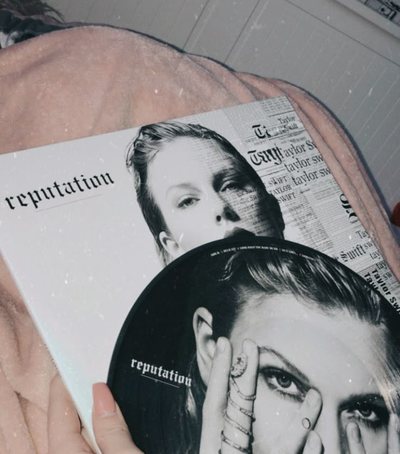
In a world filled with short videos, algorithms that read to us, and increasingly distracted attention spans, it might seem like books are losing ground. But the truth is quite different: books are not disappearing – they are being reborn in new formats and avenues that reflect the pace and style of modern life.
From BookTok to invisible bestsellers
One of the most notable phenomena of recent years is undoubtedly BookTok, the book lovers’ community on TikTok. With emotional recommendations, honest reactions, and the sharing of titles that have touched the heart, this network has the power to turn old novels into new bestsellers. Books that might have gone unnoticed in previous editions suddenly become the talk of the town – simply because a reader shared their experience with their followers.
Audio that is heard more than the inner voice
Meanwhile, audiobooks have gained ground as a format that fits the times. People listen to them while jogging, traveling, cleaning the house, or in the car. The format, which was once launched as an alternative for the visually impaired, has now found a new market: those who want quality content but don't have time to sit down with a traditional book.
Reading is no longer just a ritual – it's an experience
Once a quiet and isolated experience, books are now more often part of a public conversation – shared, recommended, commented on, and discussed on the most unexpected platforms. Publishers are even learning to communicate in the language of the fast-paced generation: more direct titles, covers influenced by digital aesthetics, and translations that are more quickly adapted to the international market.
Return of physical books with new values
Despite the dominance of e-books and audiobooks, the physical book is also experiencing a strange comeback. Young people want to have a library, feel the pages, mark favorite passages with a pen and take photos with them for social networks. The book has become part of the visual identity, as much as content for the soul.
Reading, today more than ever, is a personal choice – but no longer isolated.
At a time when everything is consumed quickly, the book remains a form of resistance. But a resistance that adapts, that speaks differently, that grows in new spaces. And this fact proves to us that the culture of reading is not dying. It is evolving – and it is following the rhythm of those who, despite everything, still choose to stop and read.





